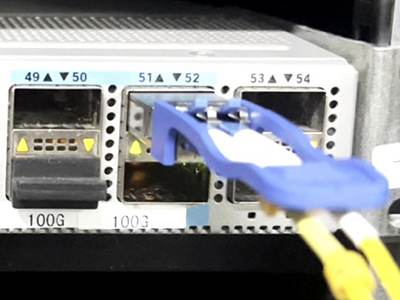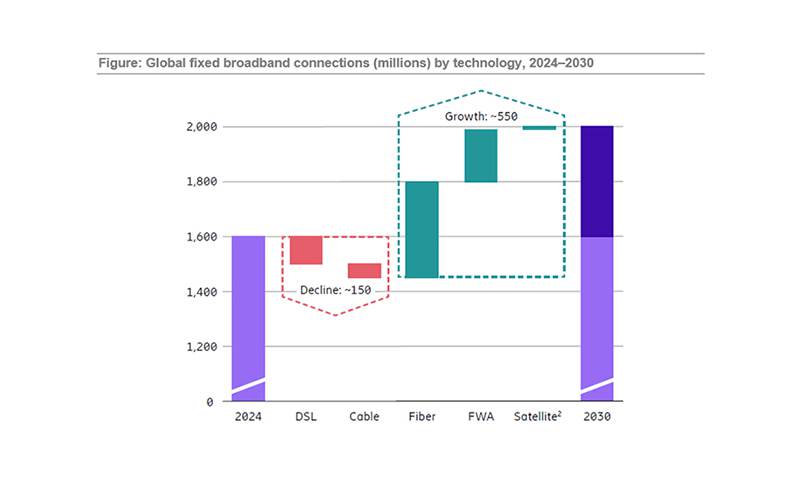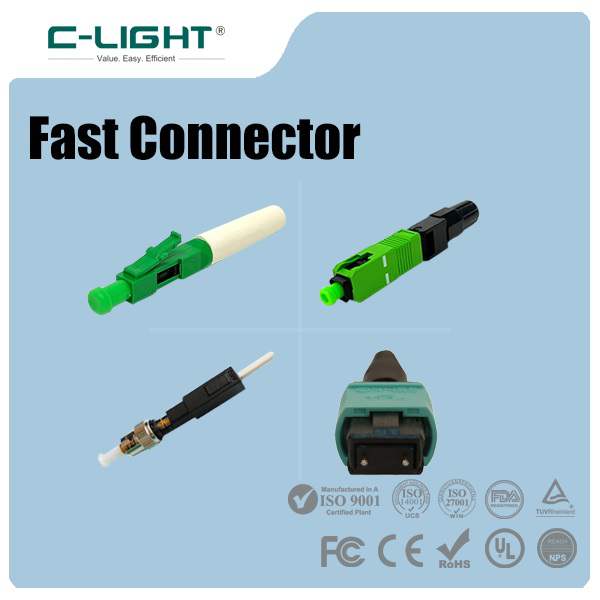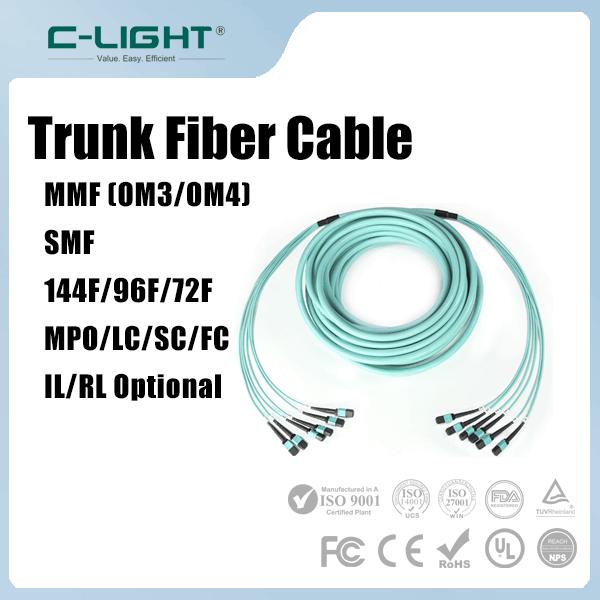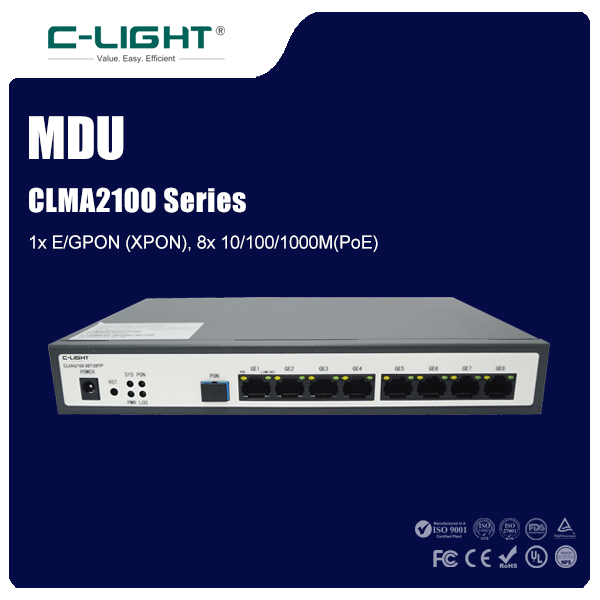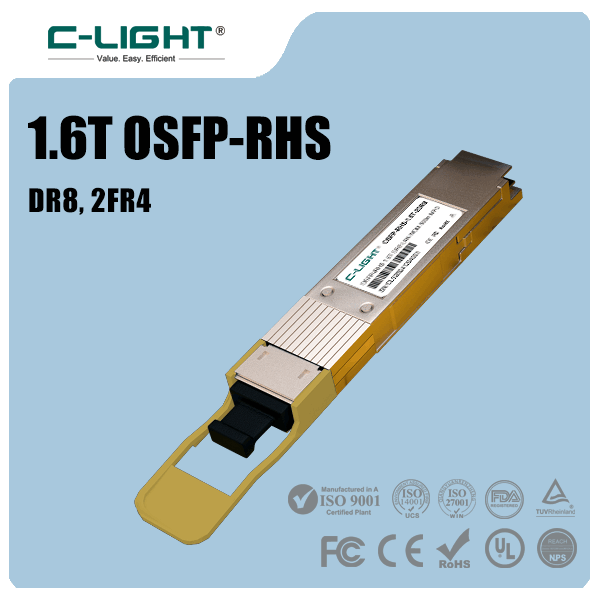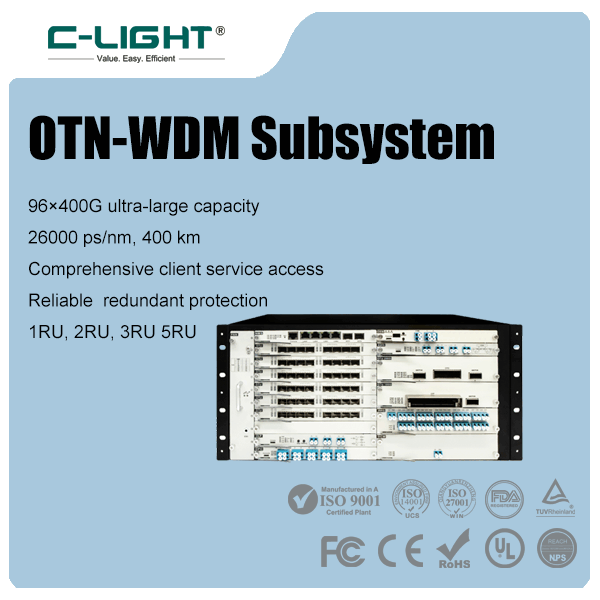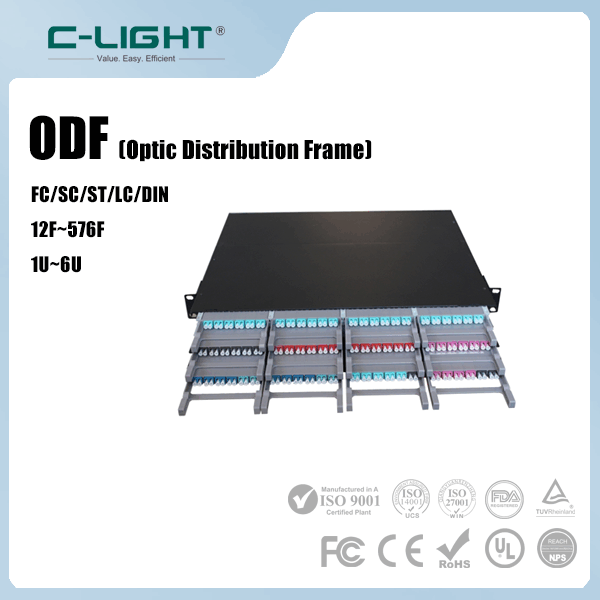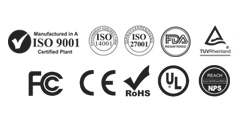
As artificial intelligence, cloud computing, and big data evolve, global data centers face unprecedented demands for higher bandwidth, energy efficiency, and scalability. Among the key innovations addressing these needs is 800G Direct Attach Copper (DAC) technology. Designed for short-reach, high-speed connections within racks or between adjacent racks, 800G DAC provides a robust foundation for next-generation data center infrastructure.
The Driving Forces Behind 800G DAC Adoption
Data traffic is growing at an annual rate of over 25%, fueled by AI training, real-time video, and emerging technologies like the metaverse. To keep pace, data centers are transitioning from 400G to 800G interconnect solutions. While optical fiber supports longer distances, its complexity, higher cost, and power consumption make it less ideal for short-range applications. In contrast, 800G DAC offers a compelling alternative for in-rack and near-rack connectivity, combining high performance with simplicity and affordability.
Advantages of 800G DAC in Modern Data Centers
●Cost Efficiency and Scalability
DAC cables eliminate the need for expensive optical-electrical conversion components, reducing costs significantly. For example, 800G DAC solutions can cost as little as one-fifth of equivalent optical modules. This cost advantage enables large-scale deployments in hyperscale data centers and AI clusters, where thousands of connections are required.
●Low Power Consumption
Passive DAC cables consume almost zero power, while active copper cables (ACCs) minimize energy use with analog signal equalization. This efficiency is critical for AI workloads, where power density and thermal management are major challenges. By reducing operational costs, 800G DAC supports sustainable data center growth.
●High Performance and Reliability
800G DAC supports PAM4 modulation and advanced signal integrity features, ensuring low-latency, high-bandwidth connectivity. Its durability and resistance to bending make it suitable for dense server configurations. With latency measured in picoseconds for certain emerging technologies, copper-based solutions outperform optical alternatives in short-reach scenarios.
●Ease of Deployment and Maintenance
DAC solutions are plug-and-play, requiring no cleaning of connectors or complex configuration. This simplicity streamlines operations and reduces downtime, addressing key pain points in high-density environments
Applications in AI and High-Performance Computing
AI GPU clusters, such as those used for large-scale model training, rely on high-bandwidth, low-latency interconnects to minimize training times. 800G DAC facilitates efficient scale-up architectures within racks, connecting GPUs and switches without bottlenecks. As AI infrastructure expands, DAC cables are poised to support emerging demands for 1.6T and 3.2T interconnects.
Challenges and Future Trends
While 800G DAC excels in short-reach applications, it faces limitations in signal integrity over longer distances. Innovations like active copper cables (ACCs) with integrated equalizers are extending reach while maintaining low power consumption. Looking ahead, co-packaged optics (CPO) and silicon photonics may complement copper solutions for longer-range needs, but DAC will remain the go-to for cost-sensitive, short-range links.
Conclusion
800G DAC is more than an incremental upgrade—it is a foundational technology for next-generation data centers. By balancing performance, cost, and power efficiency, it addresses the critical needs of AI, cloud, and high-performance computing workloads. As data centers evolve, 800G DAC will continue to play a vital role in enabling scalable, sustainable, and high-speed digital infrastructure.
 TEL:+86 158 1857 3751
TEL:+86 158 1857 3751 
















































